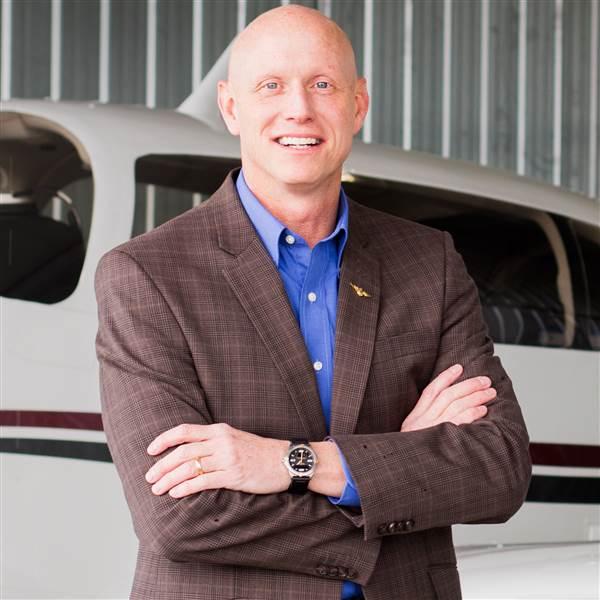We hear the term “personal minimums” tossed around quite a bit in general aviation flying, but what does it really mean? What criteria should a pilot use to set personal minimums, and how do we enforce them when push comes to shove?
Before we delve too far into that question, it’s important to set the stage with two other terms we hear frequently and really focus on what each means. “Currency” and “proficiency” have similar definitions, but they couldn’t be more different. Being current under the federal aviation regulations means you can legally act as a pilot in command of an aircraft. Being proficient means you’re fully competent. Another way to say this is “current equals legal” and “proficient equals safe.” Assuming this is true, there are circumstances in which adverse conditions exist and being current is not enough to guarantee safety.
The FAA defines currency through the FARs. But who defines proficient? The short answer is, no one—that responsibility falls largely on the shoulders of the pilot in command (PIC), and it’s usually a judgment call. Another consideration is that each person’s definition of proficient may be different, along with his or her inherent abilities, background, and experience. So in the absence of firm guidance, it’s up to the pilot to determine whether or not to go flying and what conditions are acceptable to avoid a situation that exceeds his or her skill level or the aircraft’s abilities. Voilà—personal minimums are what we’ve come up with to help guide that decision-making process.
That sounds great, but without much aviation experience, it’s hard for a pilot to set his own personal minimums because he just doesn’t have the requisite background to make an informed decision. That’s OK, because it’s part of the learning process and flying should be a team sport. In this case, it makes sense to get
a second opinion. Ask an experienced pilot or instructor to help with the go/no-go decision.
When pilots start to think about setting personal minimums, they usually start with weather conditions. VFR/IFR qualifications come into play, but an IFR ticket shouldn’t be thought of as a free pass. A pilot might be current and proficient to fly in low overcast and shooting approaches down to 200 and a half.
However, personal minimums should also consider safety margins when things don’t go as planned. What if the engine where to quit in those conditions? The pilot would be blind until gliding down to 200 feet, and at that altitude there’s little time to find a soft spot to land.
It’s important to think about personal minimums as more than just a weather-based decision. There are lots of factors to consider. Crosswinds, runway lengths, fuel reserves, night flying, aircraft performance, and how much rest the pilot has had. All of these factors are important to ensure an acceptable level of safety.
Personal minimums are your minimums—tailored to your experience, strengths, and weaknesses, as well as your level of proficiency. One way to formalize personal minimums and decisions around whether or not to go flying is to simply write them down. Create a personal standard operating procedures list for yourself or your group. If you are part of a group, flight school, or fly with partners, it makes a lot of sense to write down group-specific personal minimums that everyone can agree to. When written in black and white, the decision process is more formal and will be more likely to be followed. Even if you own an aircraft outright, it makes sense to write down your basic go/no-go criteria so that in the heat of the moment, you can reference thoughts made earlier without the pressures associated with get-home-itis.
Once personal minimums are set, some requirements may remain on the list forever, while others may change or be eliminated as skills grow. Periodically review the criteria and make changes as you gain experience and comfort flying in varying conditions. Lastly, personal minimums aren’t just for beginners. Every pilot—regardless of experience—every flight club and every organization that flies airplanes should have standard operating procedures that specify personal minimums. The best kind of accident is the one that was avoided. Set and use personal minimums because they are proven to help pilots make smart decisions before ever leaving the ground.



